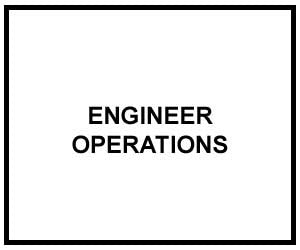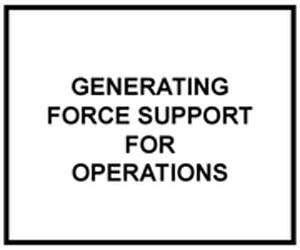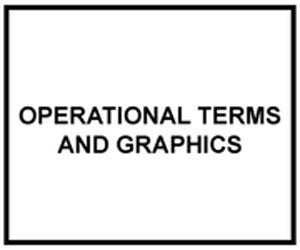
FM 3-34: Engineer Operations
Official US Army Field Manual in Acrobat PDF file format.
Field Manual (FM) 3-34 is the Engineer Regiment's capstone manual for operating in today's operational environment within the framework of the Army transformation and, although focused at the operational level, is applicable for all levels of war. Engineers are a combat arm (a branch comprised of combat, combat support [CS] and combat service support [CSS] components) that enables joint and maneuver commanders to achieve their objectives through strategic movement and tactical maneuver by providing unique combat, geospatial, and general engineering capabilities. It has been the engineer creed to support the maneuver commander since June 16, 1775, when the Continental Congress organized an Army with a chief engineer and two assistants. Engineers contributed to the hardest fought battles in the Revolutionary War, including Bunker Hill, Saratoga, and the final victory at Yorktown. At the end of the Revolutionary War, the engineers were mustered out of service. However, their unique skills were realized and they were called back to active duty in 1794 when Congress organized a Corps of Artillerists and Engineers and later in 1802 as a separate Corps of Engineers. Today's FM 3-34 includes engineer doctrine that has evolved for over 200 years.
FM 3-34 is the capstone doctrinal manual for engineer operations and is linked to joint and Army doctrine to ensure its usefulness for all joint and Army level commanders and staff. All other engineer FMs (see Appendix A) are based on the principles and tenets found in this manual and are synchronized with their respective joint publications. These principles and tenets are founded on the successful employment of engineers, past and present. In today's complex operational environment, the engineers' warfighting focus produces a full-spectrum force that meets the needs of the land component commander (LCC) in war, conflict, and peace.
The primary audience for FM 3-34 is engineer commanders and staffs down to and including engineer companies, maneuver force commanders, and battalion and task force (TF) organizations. The focus includes Army Service Component Command responsibilities for conducting operations as part of a multinational force. Information contained in this manual will assist multinational forces and other services and branches of the Army to plan and integrate engineer capabilities. This doctrine also will assist Army branch schools in teaching the integration of engineer capabilities into Army operations. Engineer involvement is a given for nearly every military operation. The degree of involvement will include one or more of the roles associated with engineers performing combat, CS, or CSS missions.
While the nature of war remains constant throughout history, the conduct of war is continually changing in response to new concepts, technologies, and requirements. The contemporary threat is continually evolving and adapting to friendly engineer capabilities. No matter how many engineer capabilities are embedded into Army systems, it is the engineer soldier that must recognize shortfalls and develop new concepts and methods to overcome any doctrine, organization, training, materiel, leadership and education, personnel, and facilities (DOTMLPF) shortfalls. Failure to adapt to these changes may result in the engineer branch not being ready to confront the challenges of future threats. Therefore, we must recognize that it is the adaptable and professional engineer soldiers of the Regiment that are most important to our future. FM 3-34 furnishes the authoritative foundation for subordinate engineer doctrine and terminology, force design, materiel acquisition, professional education, and individual and unit training. This manual introduces several new terms, including assured mobility, geospatial engineering, maneuver support (MANSPT) (see Appendix B), and field force engineering (FFE) (see Appendix C).
FM 3-34 is built directly on the concepts of FMs 3-0, 3-90, and 3-07 blending key points of Joint Publications (JPs) 2-03, 3-0 3-15, 3-34, and 4-04 into its approach to ensure that Army elements of a joint force use all engineer assets to their fullest extent. Given the magnitude of doctrinal changes in recent years, you will need to be familiar with these documents to effectively use FM 3-34. This manual addresses engineer roles and functions within a multinational operation, under potentially multinational or interagency leadership and within diverse command relationships. Finally, this manual focuses on the key functional planning considerations for employing engineers at the strategic, operational, and tactical levels of war.
File download size: 5.3 MB



